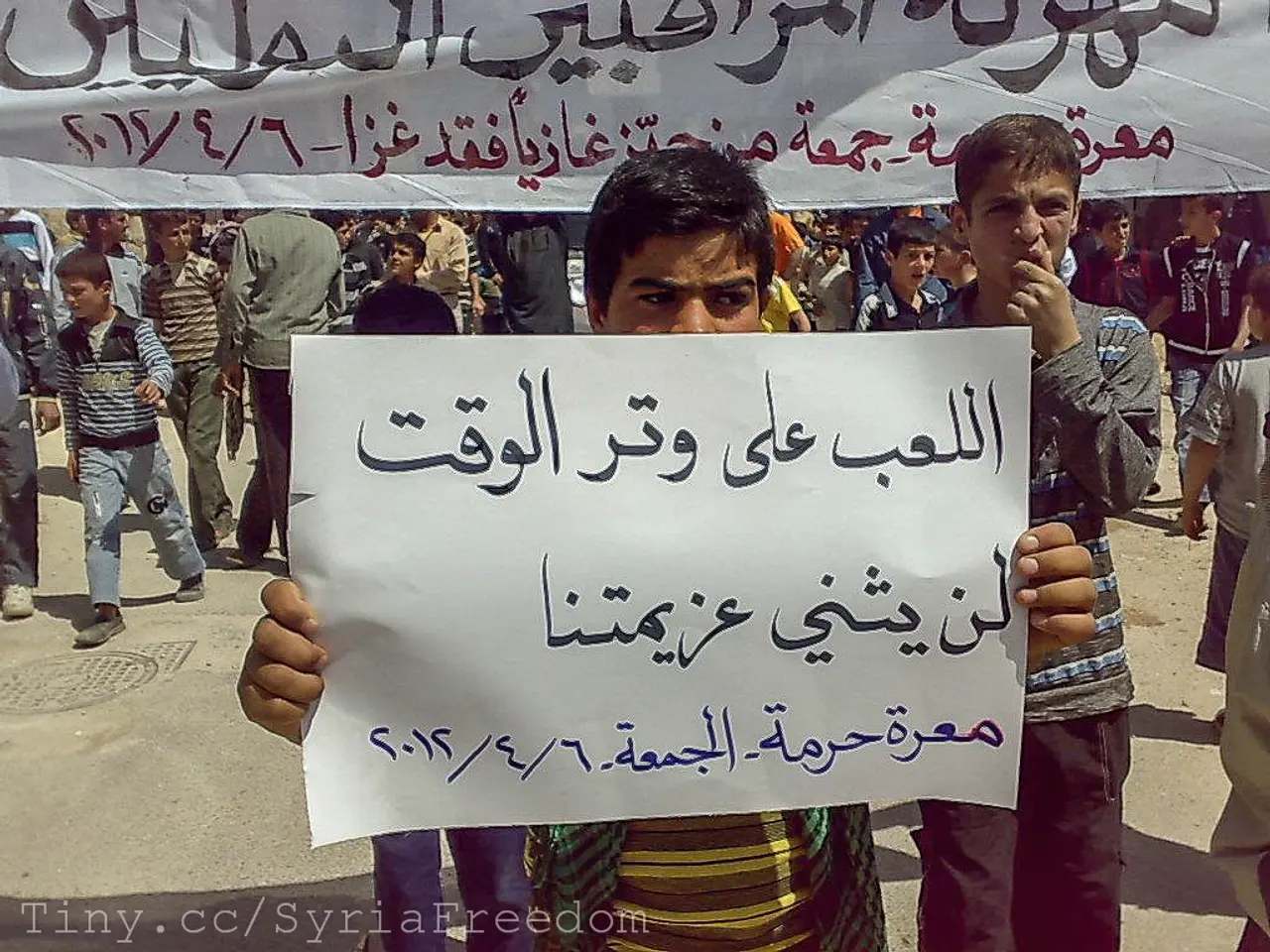Country teetering on the edge of its last war struggle
In June 2025, the Israel-Iran conflict escalated dramatically following Israel's surprise military strikes on Iran's nuclear facilities, military sites, and regime infrastructure. These attacks, which included the killing of top military leaders such as Hossein Salami, marked a significant shift from years of proxy conflicts and indirect hostilities.
The responsibility for this escalation lies heavily on Israel for initiating the direct and large-scale strikes, as well as Iran for its regional proxy wars, hostile rhetoric towards Israel, and nuclear program development that Israel perceives as threatening.
The consequences for Iranian civilians have been severe. The direct impact of airstrikes on Iranian territory has affected military infrastructure but also potentially caused broader security and economic instability. Living conditions have worsened dramatically, with Iranians experiencing significant deterioration in their living conditions, particularly at temperatures of nearly 40 degrees.
In addition to these physical challenges, the information environment has been tightly controlled by Iranian authorities amid the conflict. Independent Iranian media and journalists face harsh censorship and repression to control the narrative and avoid dissent during wartime. Journalists living in exile were also targeted by cyber attacks, legal threats, and digital harassment. Over 150 media professionals lost their jobs, many were arrested or intimidated. During the war, what was left of independent journalism was practically wiped out by the Supreme National Security Council's order to publish only state-approved content.
Reports note that Iranian proxy militias have largely remained silent during the 2025 conflict, isolating Iran politically in the region and potentially exacerbating internal political tensions and social strain at home. This silence, combined with the government's prioritization of regime security over rights amid ongoing military and political crisis, has led to a restriction of civil liberties such as freedom of expression and open media.
The movement against the hijab mandate continues to grow, especially in major cities, and serves as a symbol of political protest. Footage shot with a mobile phone remains compelling, raw, fragmented, and authentic despite not showing faces or broadcasting voices unaltered. The hope that the regime might moderate its course in the face of military confrontation was quickly dashed, and the leadership has intensified its repression following the end of the military confrontation.
In summary, the dynamics of the Israel-Iran conflict reflect a complex situation driven by longstanding geopolitical hostility, intensified by recent military actions and diplomatic failures, leading to severe humanitarian and information freedoms challenges inside Iran.
| Aspect | Details | |-----------------------------|---------------------------------------------------------------------------------------------------------------------------------| | Responsible for escalation | Israel initiated direct strikes on June 13, 2025; Iran's nuclear ambitions and proxy conflicts contributed to rising tensions | | Trigger | Years of proxy wars, Iran's nuclear ambitions, collapse of JCPOA, and direct 2024 confrontations | | Consequences for civilians | Security risks, potential casualties, economic instability, societal strain | | Consequences for media | Severe censorship and repression, limited media freedom amid wartime control |
These challenges highlight the need for continued international attention and support for the Iranian people as they navigate this difficult period.
- General news outlets should focus on the escalating Israel-Iran conflict, as the responsibility for the escalation lies heavily on Israel for initiating direct strikes, while Iran's actions in regards to regional proxy wars, hostile rhetoric, nuclear program development, and media censorship should also be closely examined.
- Crime and justice reports should document the harsh consequences for Iranian journalists who have faced censorship, repression, cyber attacks, legal threats, digital harassment, job losses, arrests, and intimidation during the 2025 conflict, as well as the subsequent restriction of civil liberties, such as freedom of expression and open media.








